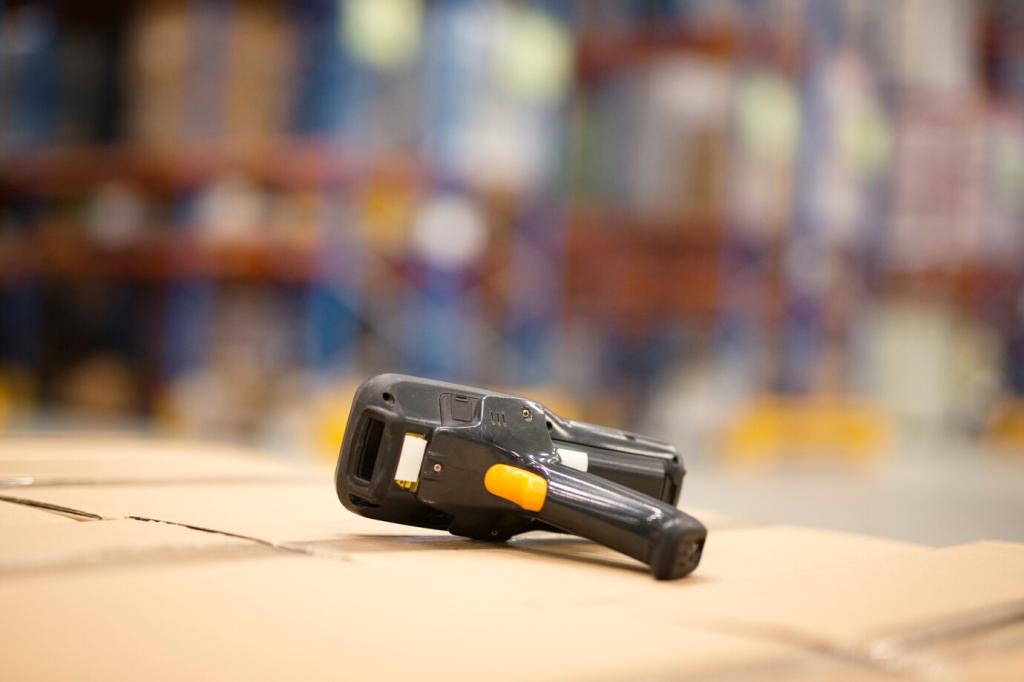Inventory Decisions Powered by Practical Analytics
Start with moving averages or exponential smoothing, then layer obvious factors like day of week, promotions, and holidays. Small datasets benefit from visual checks over complex models. When in doubt, forecast ranges rather than points, so your team can plan buffers without overreacting.
Inventory Decisions Powered by Practical Analytics
Quantify variability in demand and lead time, pick a service level aligned to customer expectations, and compute safety stock accordingly. Review monthly as suppliers change and demand stabilizes. Want our simple calculator template for small assortments? Comment “safety stock” and we will send the walkthrough.









